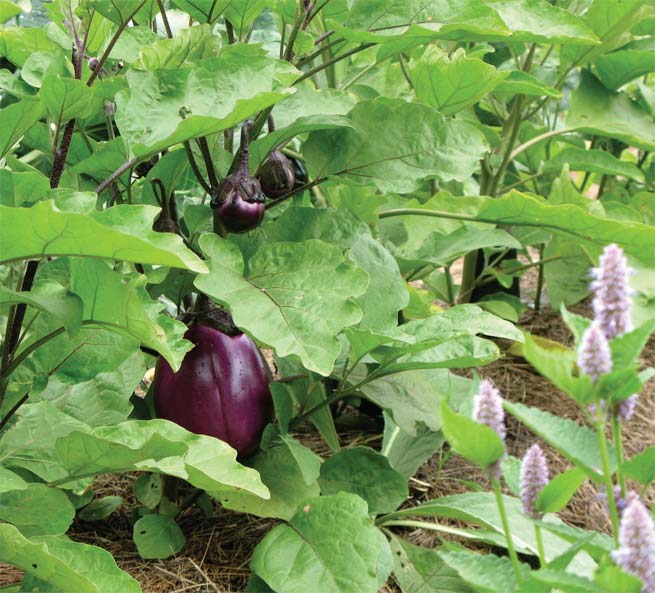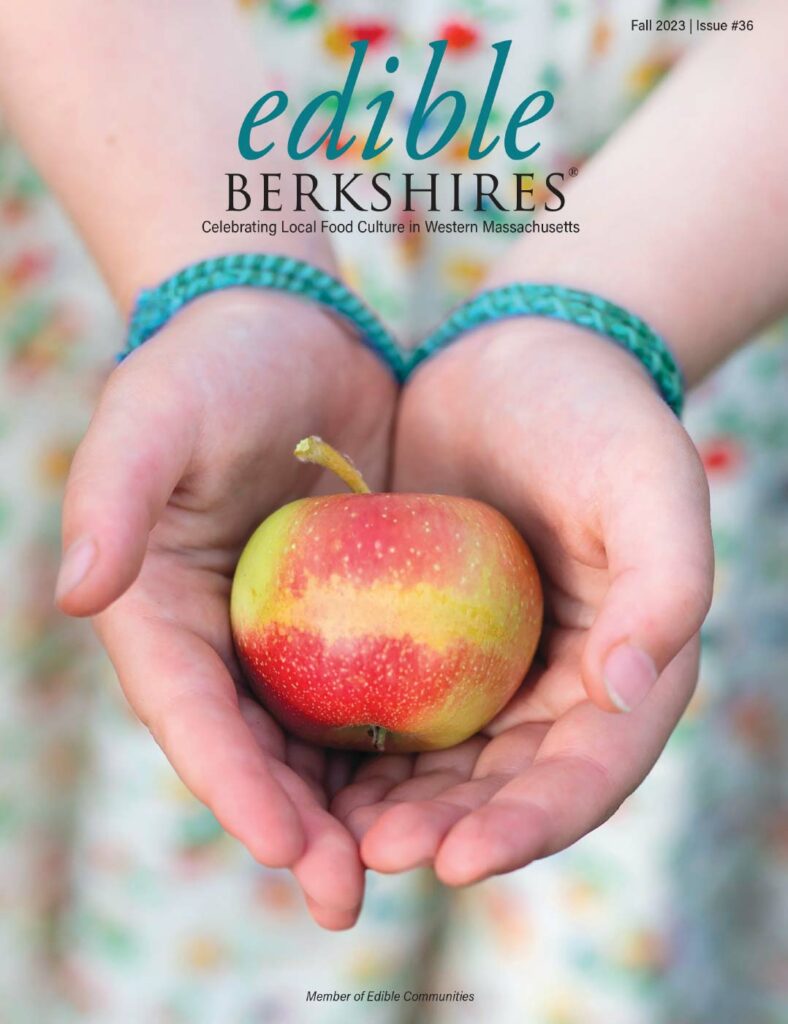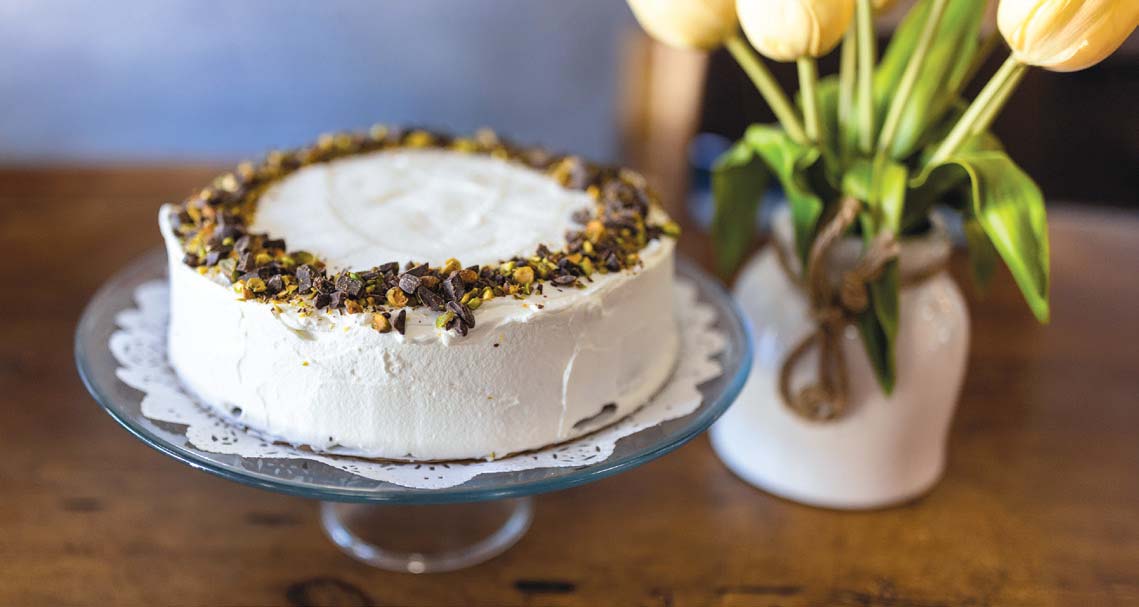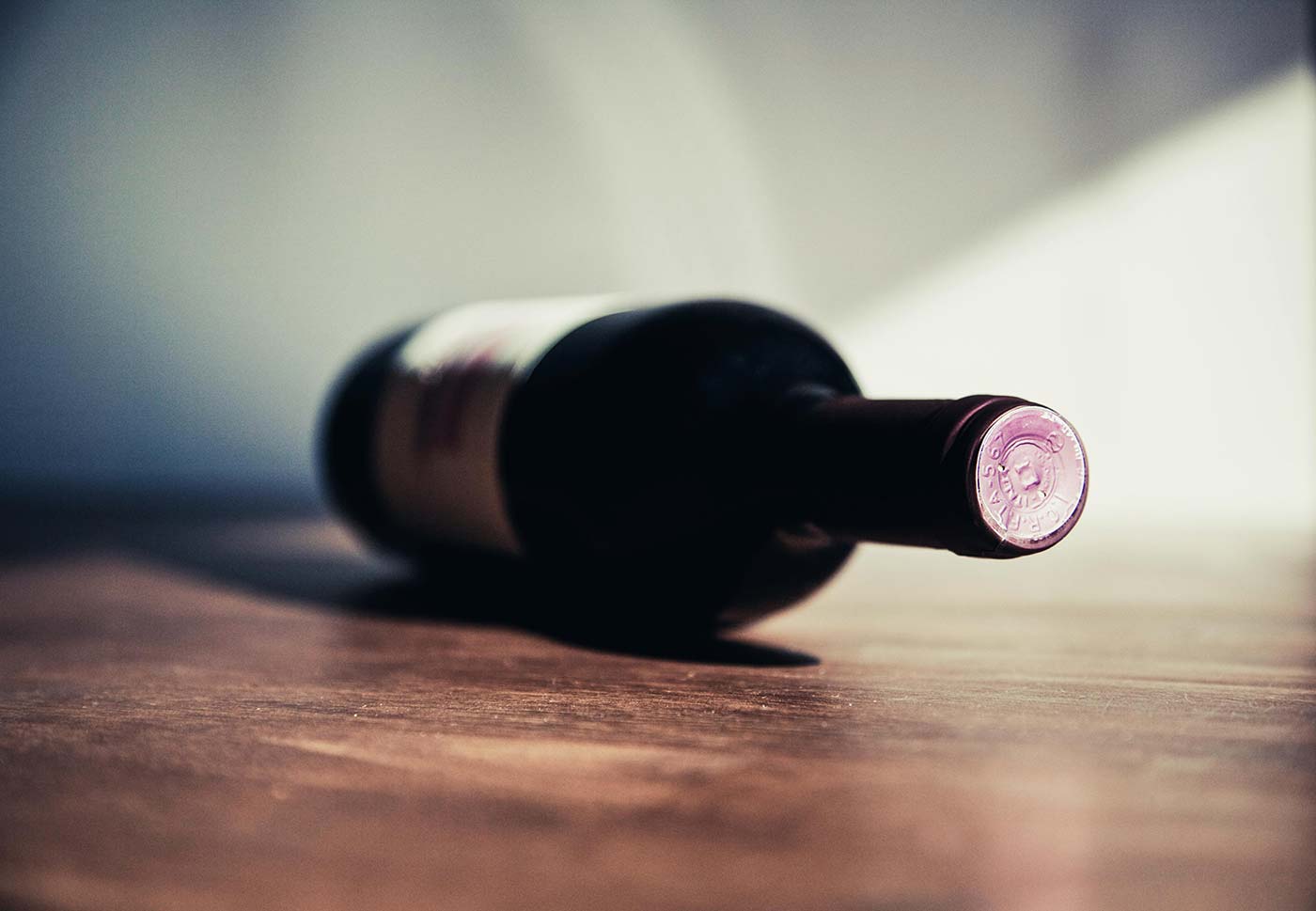Let Your Garden Edibles Range Free
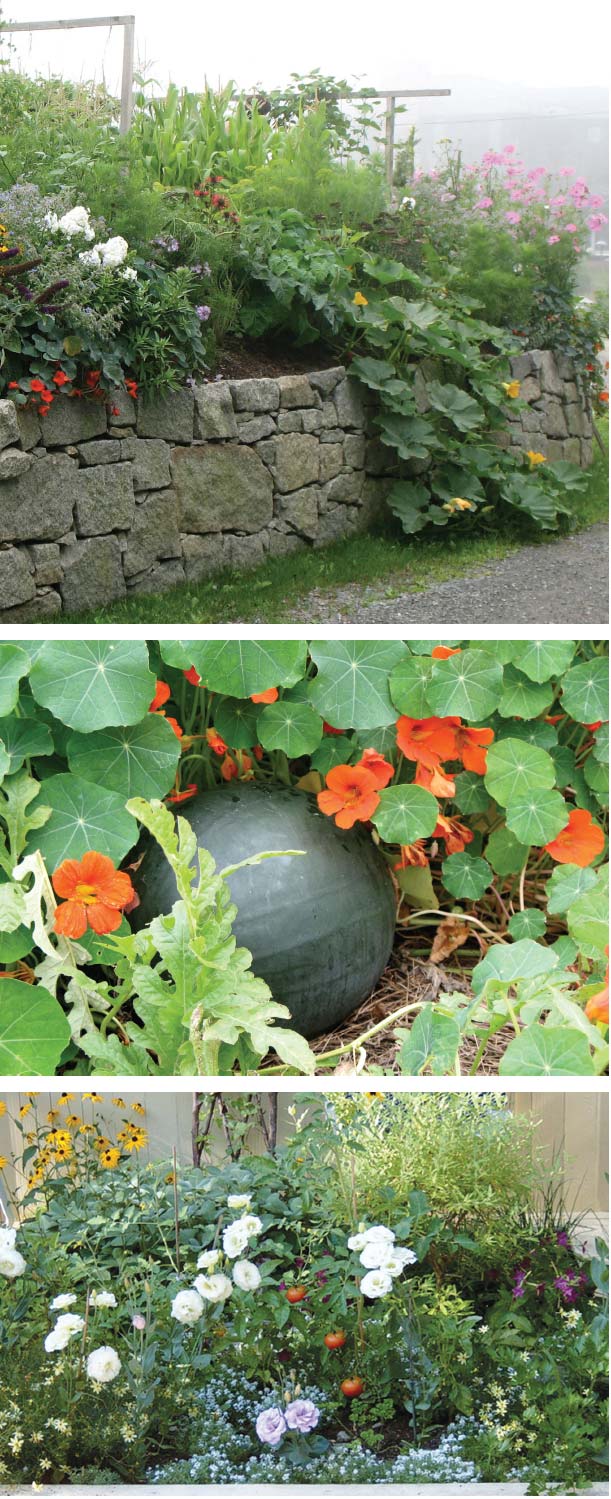
Photos courtesy of Sean A. Roulan, Food System Design Group.
Do you banish all your edible plants behind a garden fence? If yes, have fun setting some free into other areas around your home.
Just imagine red, orange or yellow cherry or pear tomatoes interspersed with lovely but non-edible groundcovers and flowering plants. Spectacular pairings might be White Swan coneflowers dwarf Hydrangea paniculata “Bombshell” and ground-hugging tiny green-leaved Cotoneaster horizonatalis.
The possibilities abound for alternative food gardening displays. As a landscape designer, I have many clients in Berkshire and neighboring Columbia counties, who are only here on weekends or in the summer. They know one of the joys of being in the Berkshires is locally grown food. It is sometimes my task to create both welcoming landscaped gardens and find a way for clients to have fresh vegetables and fruit from their own plants.
Some clients don’t have the time, space or inclination to establish a separate vegetable bed. No problem: I create container vegetable gardens so they can pick sweet or hot peppers, fresh basil and some French marigolds right at their door—assuming that door gets full sun, because most vegetables need a least six hours of direct sunlight. On a humid August day, there’s nothing like a cucumber salad. Cucumber container gardening used to pose a problem, since “cukes” needed a lot of space. Now, thanks to varieties such as “Spacemaster,” cucumbers thrive in large pots.
These mini vegetable gardens have similar needs to their vegetable garden plot counterparts: enriched potting soil, preferably organic; compost; slow-release organic fertilizer; and good drainage. One difference: Container gardens need more regular watering. This is particularly true of window box gardens, which are the height of convenience. Fill them with shallow-rooted plants such as scallions and radishes or create herb gardens with dill, cilantro, parsley or your other favorites.
Another fun trick is planting climbing vegetables up a trellis, which can provide shade as well as a quick snack of pole beans while you peacefully sit in a comfy chair or chaise reading or napping. Smaller squashes and melons can also work.
During one consultation, a client expressed a need for a little privacy with color. I suggested creating a wall of quick-climbing scarlet runner beans with its red flowers, which are delicious to both humans and hummingbirds. These beans offer an added bonus: They can be eaten when either young or old.
Often in my work I hear clients bemoan the fact that they don’t have full sun. Not to worry: in summer’s heat many greens prefer cooler temperatures out of direct sun. This means you can fill a cedar box with beautiful gourmet greens such as mesclun mix, arugula, red leaf lettuces and radicchio.
For those who prefer more formal gardens, creating geometric borders of sage, tarragon or parsley offers a range of choices. Fill the space within the borders with purple cabbage and eggplant; carrots, leeks and nasturtium; or kale and onions.
Gardens with fruit offer instant satisfaction. Consider the decorative combination of acid-loving plants such as blue “endless summer” hydrangeas, mountain laurels and blueberry bushes. The blueberry bushes offer three seasons of joy, beginning with white flowers in spring, luscious fruit in summer and culminating with blood-red leaves in the fall.
Espaliered fruit trees, horizontally trained to grow against a wall, add a vertical and sculptural dimension rising out of any flower bed. This holds true for tropical dwarf fruit trees such as lemons, limes and oranges grown in large pots, which thrive outside in summer and inside near sunny south-facing windows for a winter home.
This summer take time to smell the roses and then pick some berries, lettuce and tomatoes.


